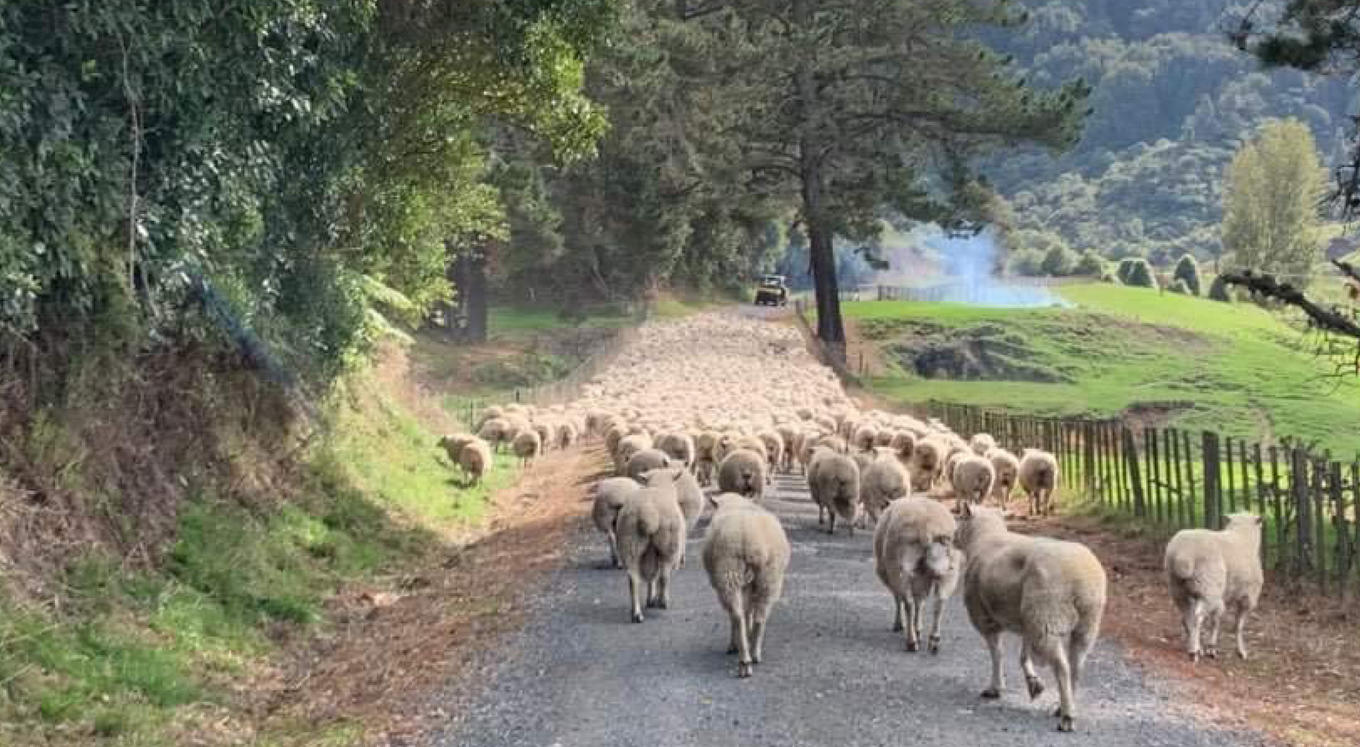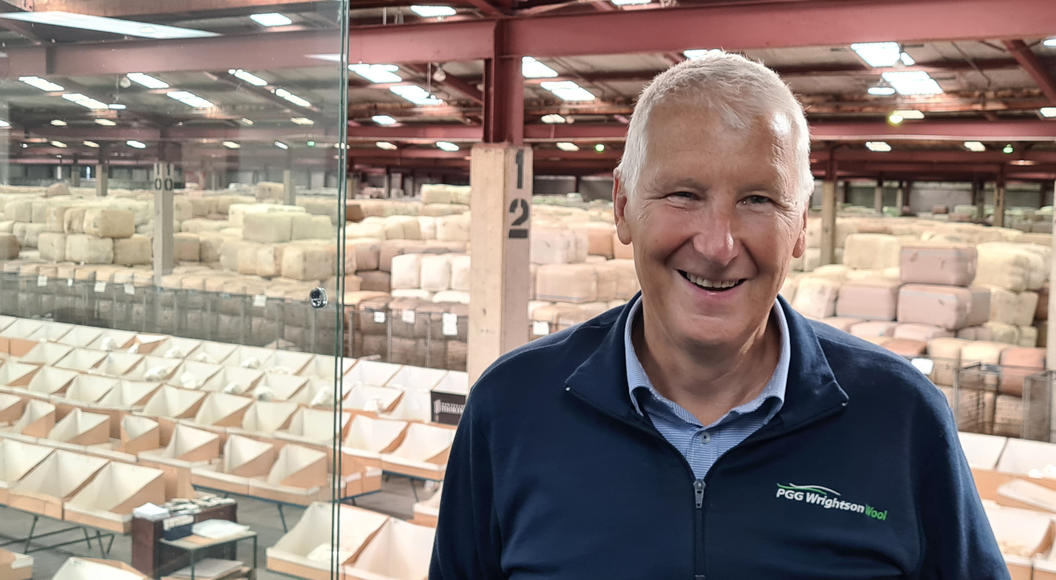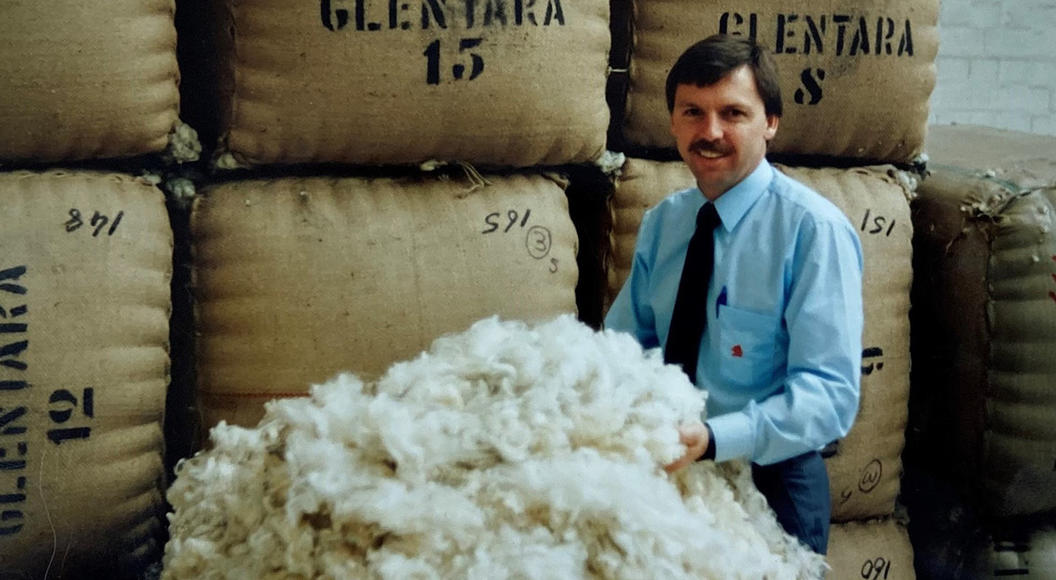
Waitomo farmer and builder looking at wool from both ends of the pipeline
Although Kurt Houghton started building around 20 years ago, he and his wife Alisa also farm the 427 hectare Aria, Waitomo property that has been in the Houghton family since 1905. As a sheep farmer, and a builder, Kurt is strongly motivated to put as much wool as possible in the local houses he builds and renovates.
“We build two or three spec houses each year, as well as building new or renovating houses for clients. We also do farm buildings. We put wool carpets in all the spec houses we build now, and we use wool insulation whenever we can. When we build for a client, using wool is definitely also part of the conversation. It’s satisfying to be able to persuade them to go the way of wool, particularly with bigger builds.
“When the moment arises to discuss the options, we outline the costs. Wool is invariably more expensive than synthetic insulation, at least in the short term, and wool insulation going into standard size wall cavities doesn’t provide enough R value, so if you use wool, you have to build thicker walls. If people are thinking about the environment, wool breaks down, as well as all the positive, natural qualities it has as a fibre, and it is far easier to work with. However, it is a bigger financial commitment, so it is doubly satisfying when we manage to get wool across the line with any of our builds,” says Kurt.
While Kurt is on the tools or supervising his team of three regular staff, Alisa helps manage the farm, running 1600 ewes and 100 cows, plus 200 dairy grazers. Tara Marshall of PGG Wrightson Wool, Te Kuiti sells their clip.
“We use locally sourced Romdale rams and put them over our flock of Romdale ewes. Our ewes are shorn twice a year, pre-Christmas and again in June for pre-lamb. All lambs are shorn in December and weaned at the same time. We produce between 5000 and 6000 kilograms of wool per year from our ewes, and approximately 3500 kilograms of lambs’ wool across main shear and second shear,” he says.
From Kurt’s perspective, with one foot at each end of the pipeline, more research and development into wool insulation would pay big dividends.
“How can wool work better? Could we make the wool denser, to improve its natural insulating properties? How do you make that work? There are some pretty clever people out there these days, and the demand for renewable building materials is only going to increase, which puts wool in an ideal position, though only if there is sufficient will to recognise and realise that opportunity,” he says.
Greater high level support for wool as a building material could help kick start the process, Kurt reckons.
“Cost is the biggest pushback. When we talk to clients, everyone wants to use wool, except when it comes at a cost. Although some people are willing to take a small hit, with the way the cost of everything is going at the moment, that is becoming more difficult.
“Something like this needs leadership from the top, to make it easier for others to follow. If there was a mandate for wool carpets and wool insulation in all new schools, hospitals and government office buildings for example, the market would pick up on that really quickly, companies would get into it, and critical mass would bring costs for insulating with wool down closer to the level of synthetic products,” he says.


